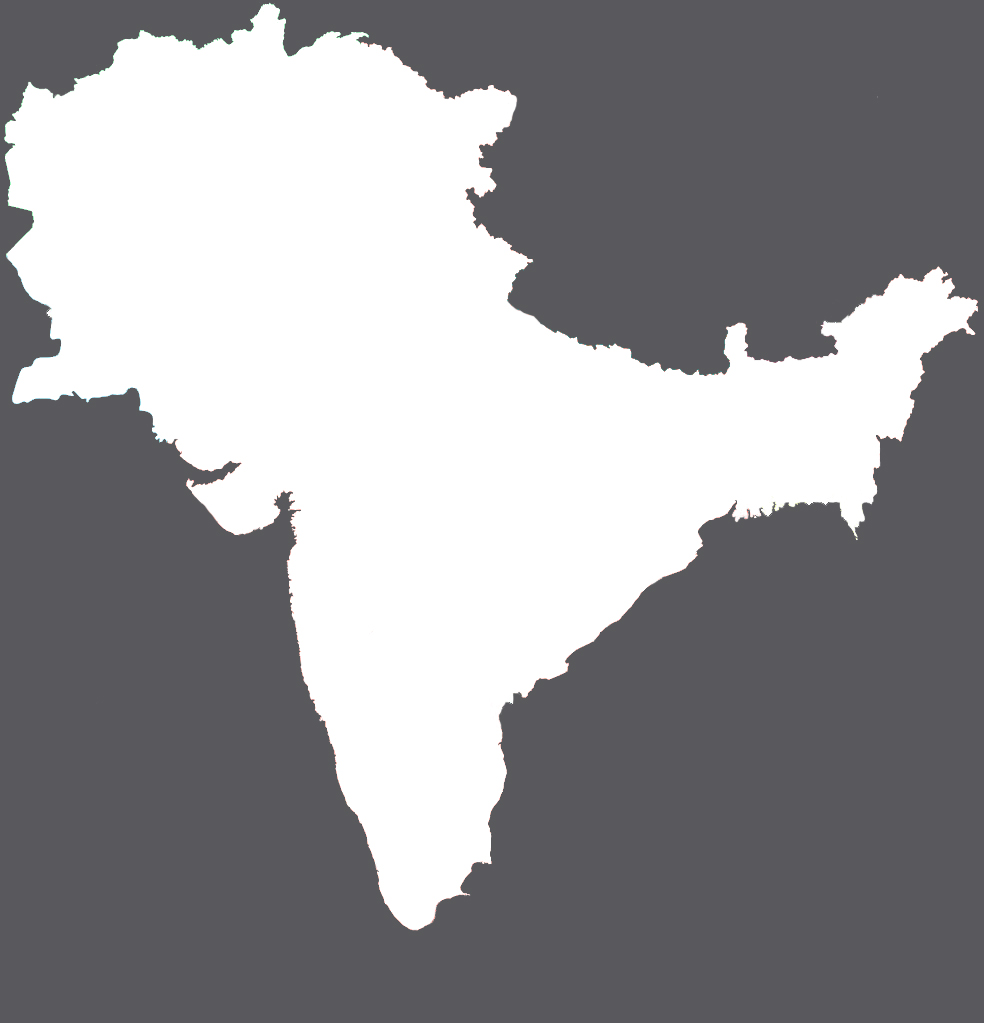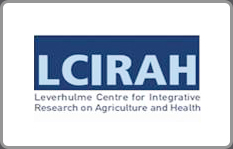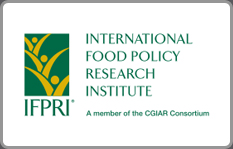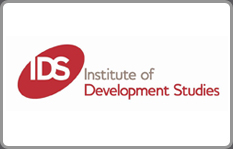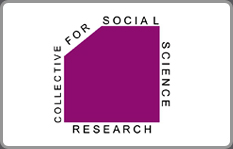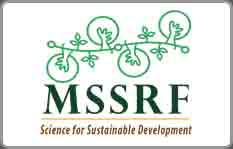Agriculture-nutrition linkages and child undernutrition in India

The South Asian region has one of the highest rates of child and maternal undernutrition in the world. Undernutrition is widespread and persistent even in India despite its relatively strong economic performance and is high in rural areas and among those in agriculture based livelihoods. Though agriculture has the enormous potential to contribute to improvements in undernutrition , the evidence so far in the Indian context demonstrates weak linkages. Few studies in the past have focused on adult nutritional outcomes and more specifically on women’s nutritional status and has hence emerged as an important research area in recent years and is the focus of LANSA’s research in the region and in India.
LANSA research in India, under the research theme, ‘How enabling is the wider context in linking agriculture and food systems to other determinants of nutritional status?’ focuses on understanding the barriers and facilitators to nutrition-sensitive agricultural development in the country. Based on empirical work on the available large secondary datasets, these studies analyse the pathways that connect agriculture and nutrition and the type and degree of interaction with other non-food drivers . This research brief summarises the key findings from the different studies focusing on women’s nutrition undertaken by LANSA in India.

